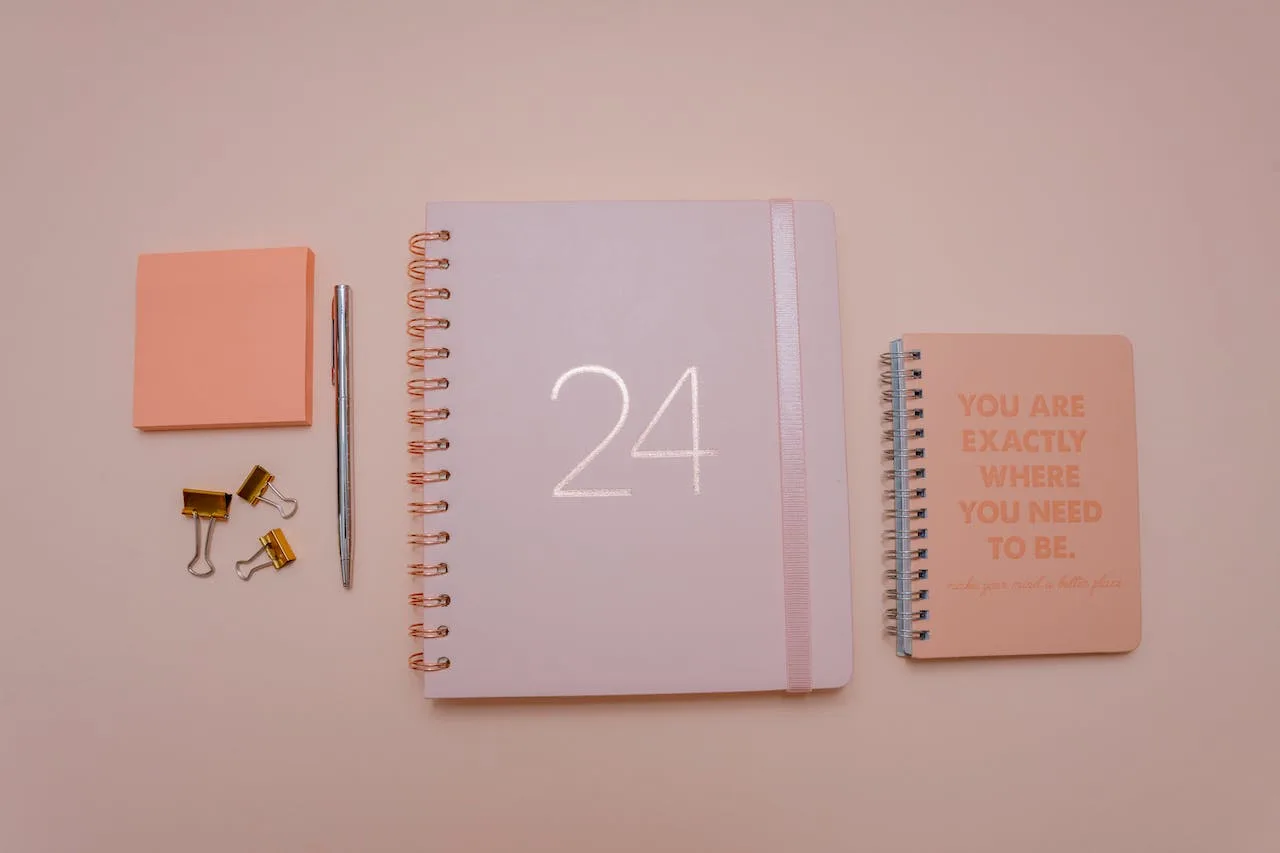Seems like the “mindfulness colouring book” craze is getting stronger with every passing month. But is it really practicing mindfulness, to colour in pictures in a book?
Well the answer is … it depends.
Almost any activity you can think of can be done mindfully … or not. Cooking, cleaning, making love, playing guitar, having a shower, working out at the gym, driving your car, playing with your kids: these are all activities that can be done mindfully … or not.
Mindfulness is not inbuilt into the activity itself; mindfulness is a quality of attention that you can bring into any type of activity … or not. You can colour in a book mindfully, or mindlessly. If you colour in a book in a manner that consciously develops openness, curiosity, and flexibly focused attention – we could say that is mindful colouring.
But if you are colouring in that book mainly to distract yourself from anxiety or to put off dealing with an important but stressful task or problem – then rather than mindfulness, it’s what in ACT we call “experiential avoidance” (the ongoing attempt to avoid or get rid of unwanted thoughts and feelings).
And if you are colouring in that book while lost in your thoughts or daydreaming – again, that isn’t mindfulness. It’s what in ACT we call “cognitive fusion”.
Of course, part of the problem is how we actually define mindfulness. It’s not like there’s one agreed definition. But even without a firm consensus, most authorities on mindfulness would agree on these things:
– Mindfulness is a form of attention-training.
– Mindfulness involves learning how to flexibly focus your attention to important aspects of your here-and-now experience: aspects of your inner world, external world, or both.
– Mindfulness includes qualities of attention such as curiosity and openness.
I like to summarise it thus: Mindfulness means paying attention, with openness, curiosity, and flexibility.
So we can make “colouring in” a mindful activity – if and when we infuse the process with these qualities. But how many people are actually doing this when they get stuck into their “mindfulness colouring” books?
Unfortunately, many people equate mindfulness with absorption or relaxation. But they are not one and the same. For example, we can be absorbed in reading a book or watching a movie – but these are rarely if ever mindful activities. Why not? Because if you tried to read a book mindfully – noticing the smell of the paper, the sounds of the pages turning, the texture of the paper against your fingers, the movements of your eyes scanning the words, the patterns of the ink on the paper, and so on – this would actually ruin your enjoyment; it would “pull you out of the story”. And the same goes for watching a movie or playing a video game. So just because we are absorbed in something, doesn’t mean we are being mindful.
Similarly, mindfulness does not mean relaxation. Many relaxing activities are far removed from mindfulness – e.g. daydreaming in a hammock, dozing on the beach, or ‘drifting off’ on a massage table. Furthermore, doing an activity mindfully doesn’t mean you will be relaxed; for example, when mindfully addressing interpersonal conflict, or mindfully dealing with an emergency situation, or mindfully parenting when your kids are completely ‘out of control’.
So the take home message: no activity is inherently mindful, in and of itself. If the activity is done in a state of fusion (lost in your thoughts) or as a type of distraction/experiential avoidance (trying to distract yourself from or avoid/get rid of unwanted thoughts and feelings), then it’s not mindful. And similarly, almost any activity can be turned into a mindfulness exercise, if we bring flexible, open, curious attention to it.
Yes, even colouring in pictures!
By Russ Harris.
Online Courses – www.imlearningact.com
In-Person Workshops – www.actmindfully.com.au
Public Resources – www.thehappinesstrap.com




